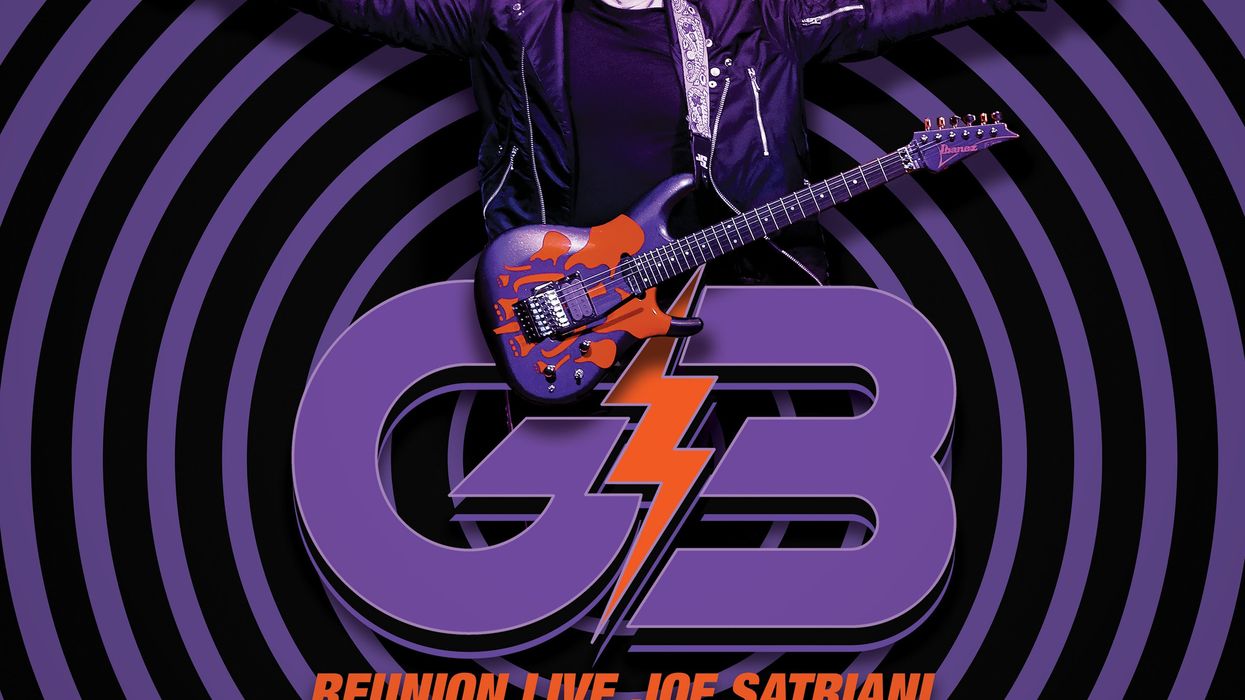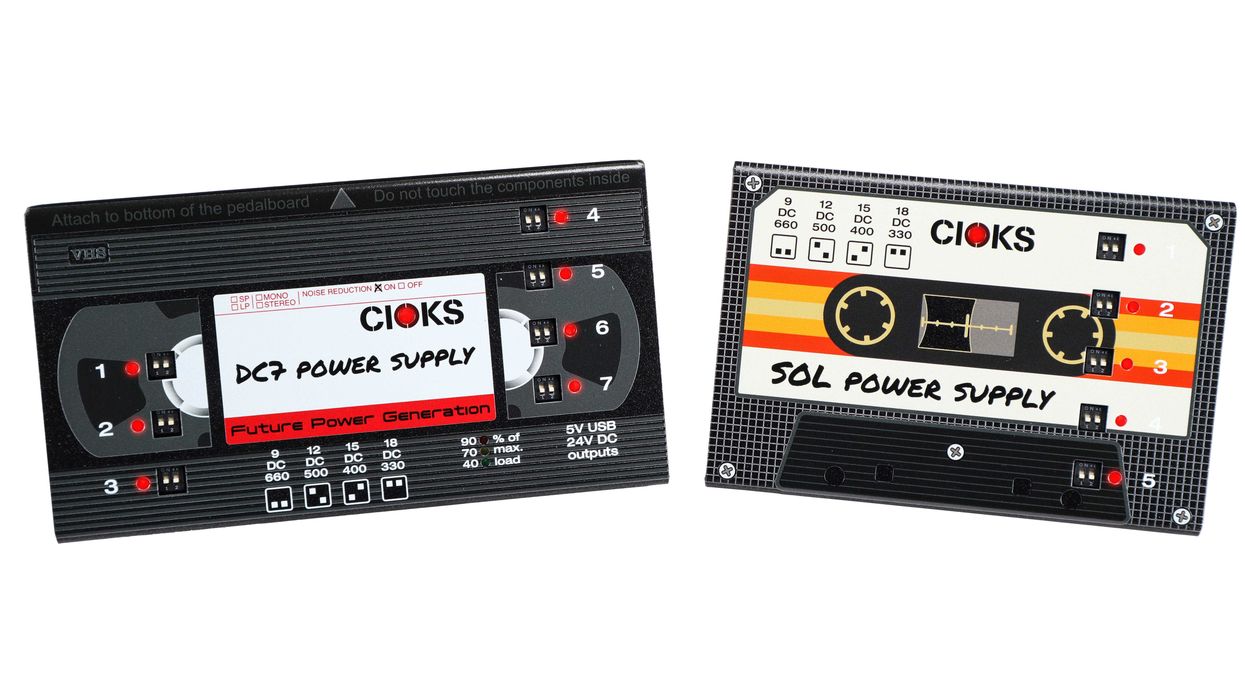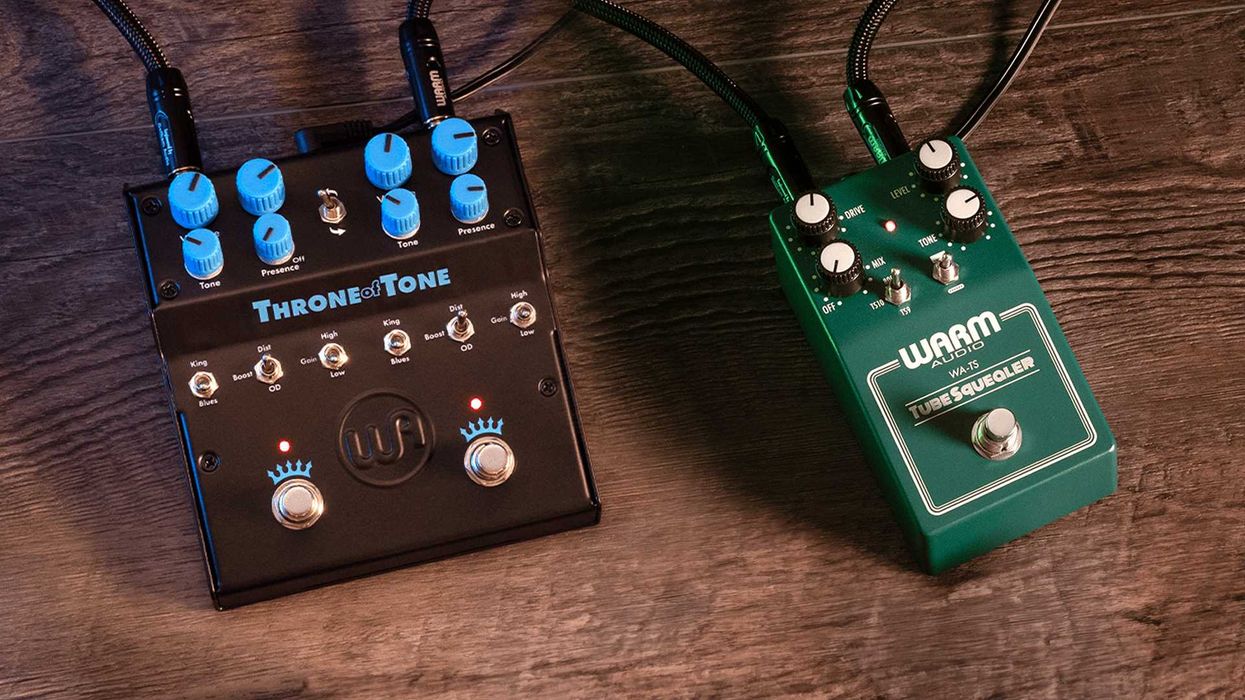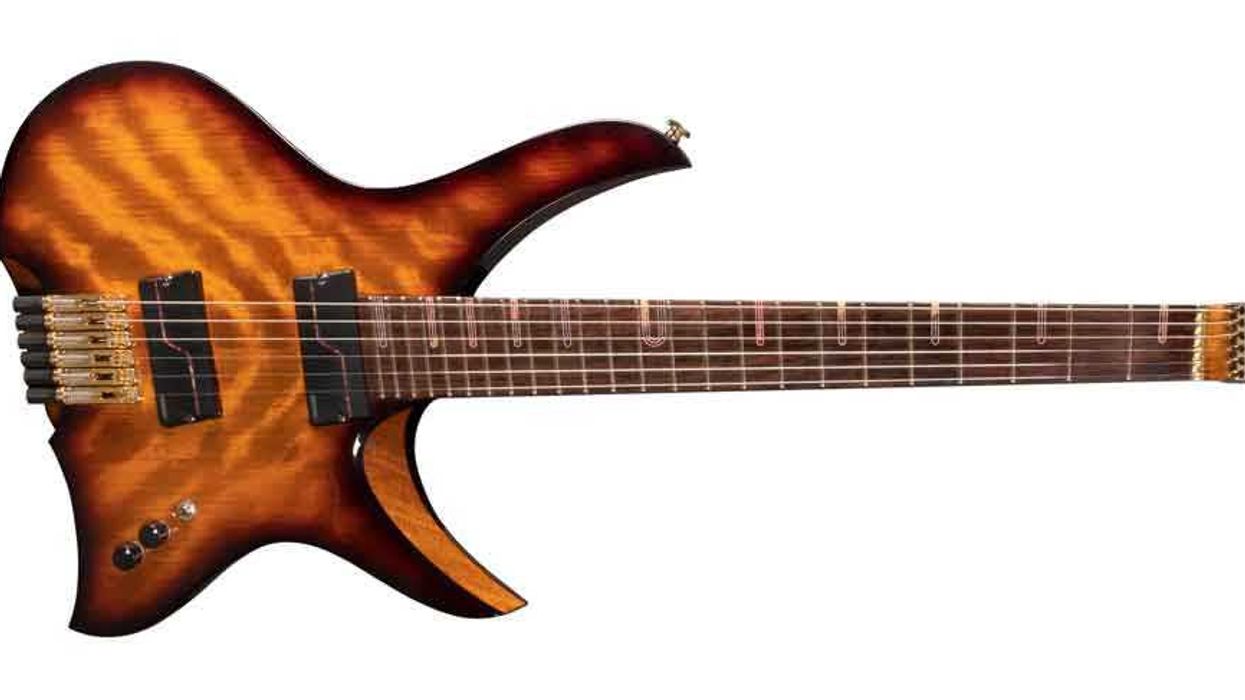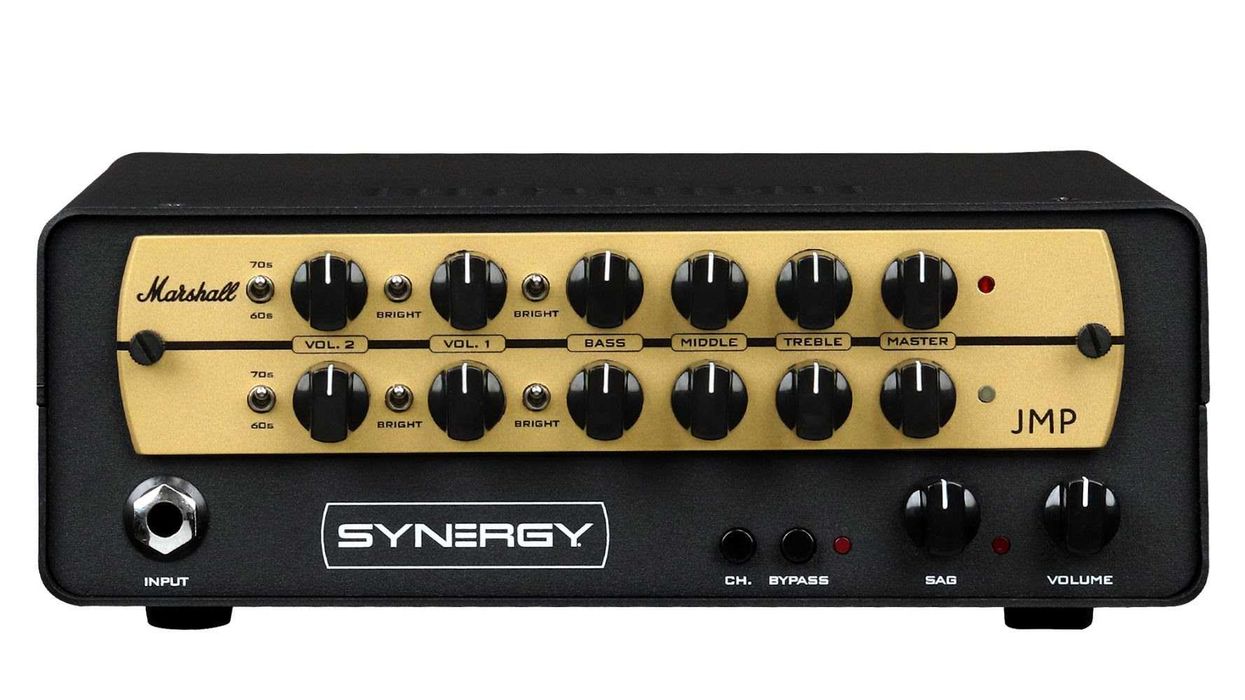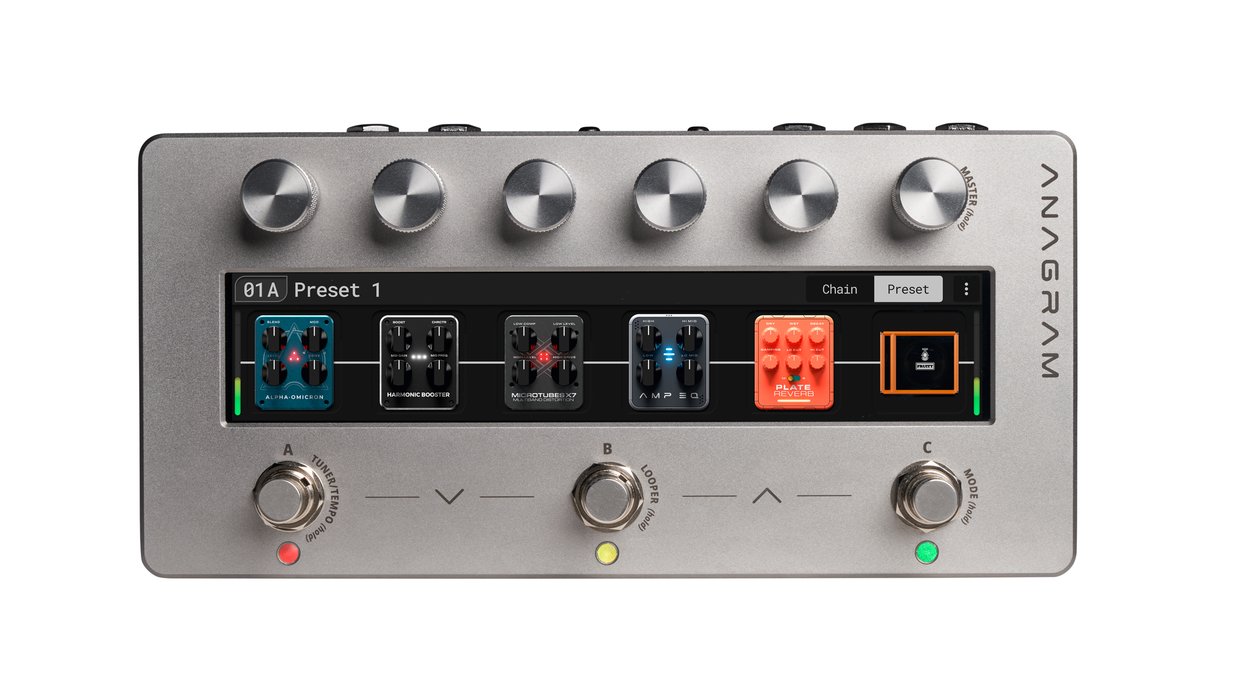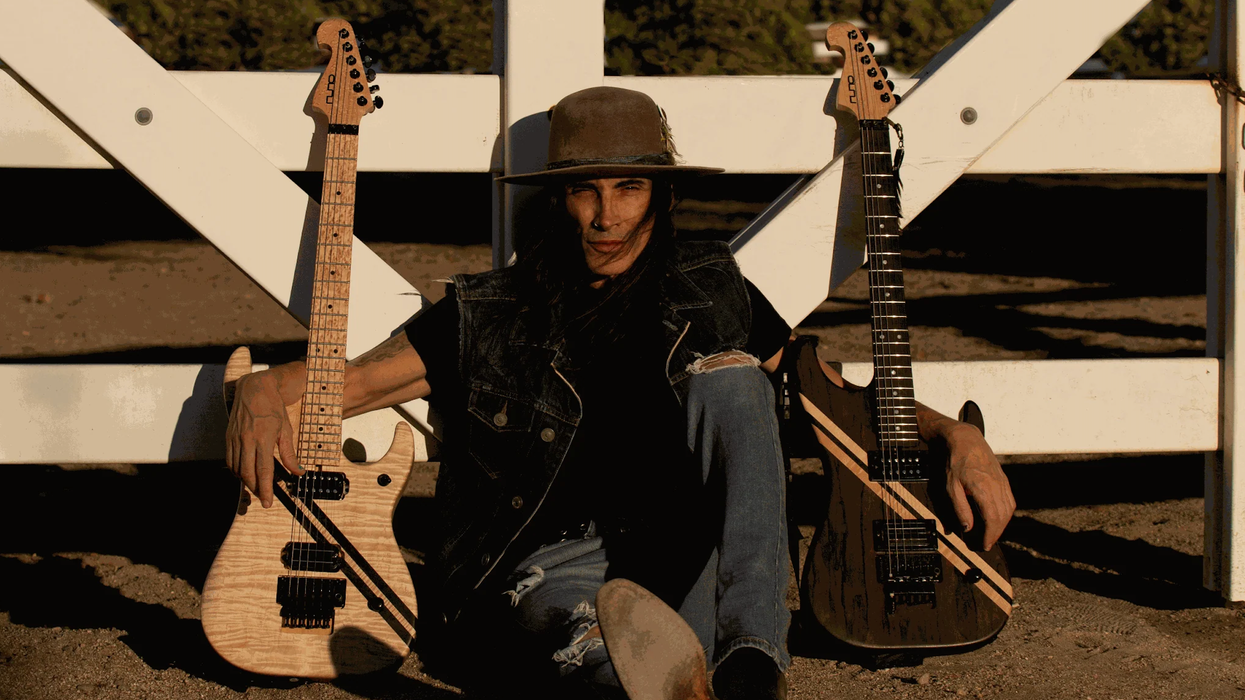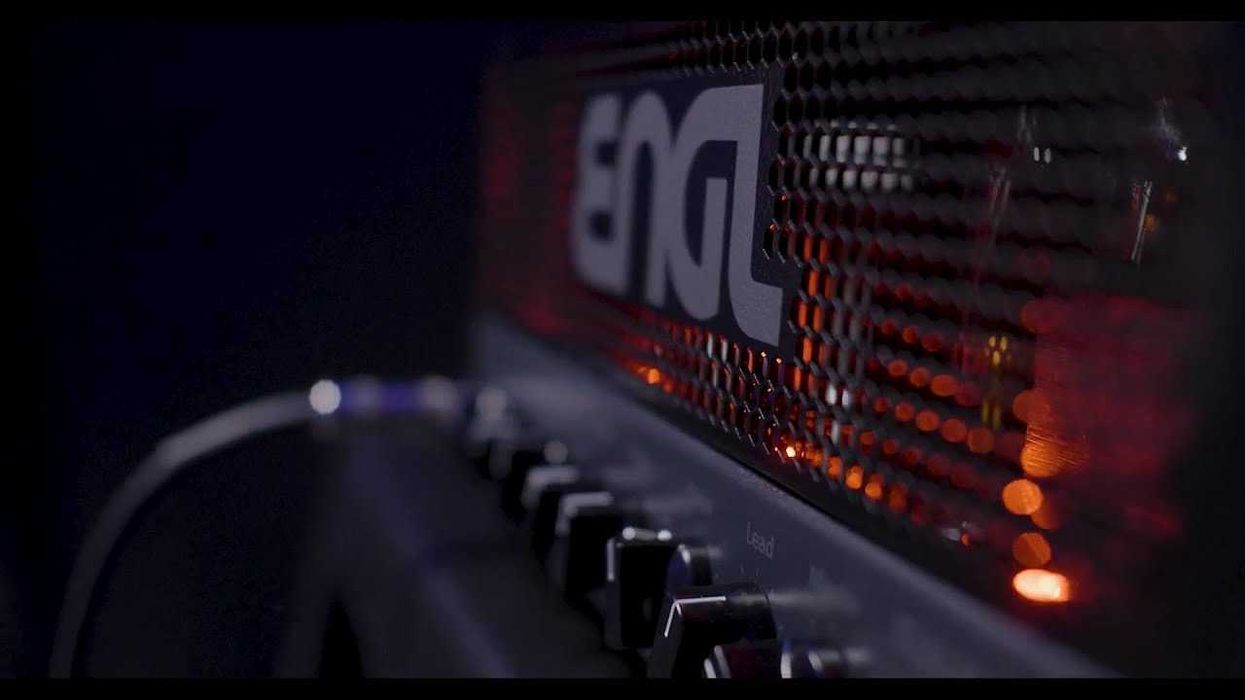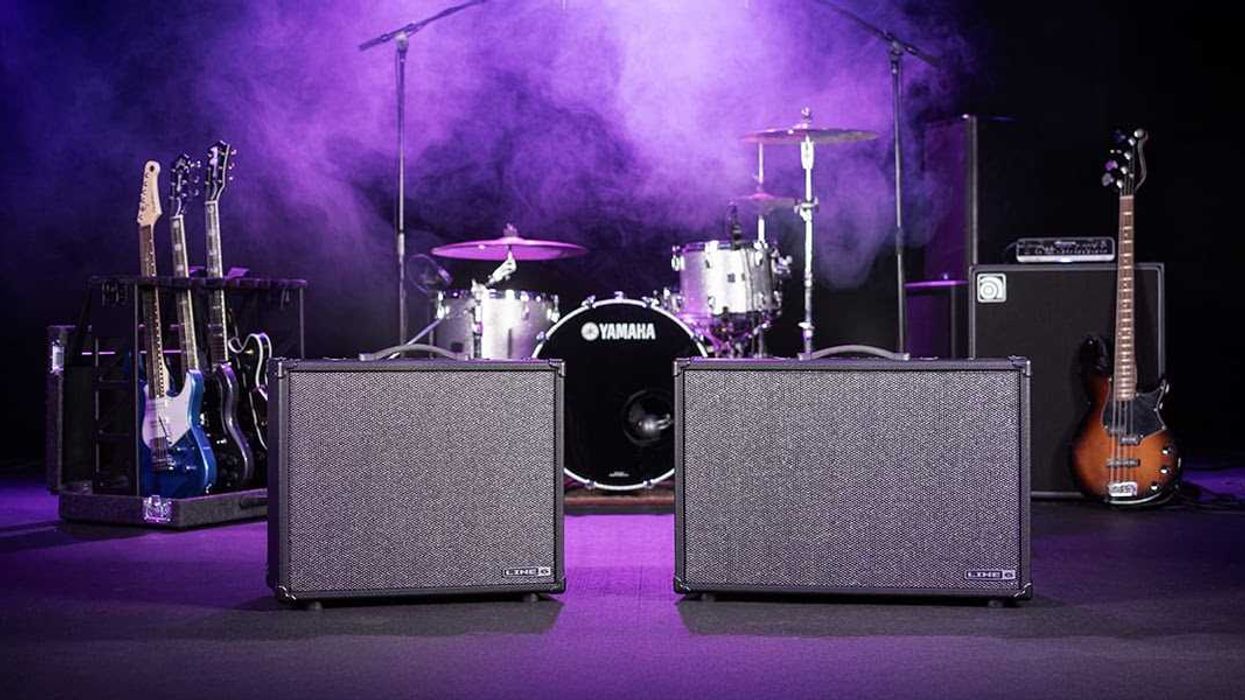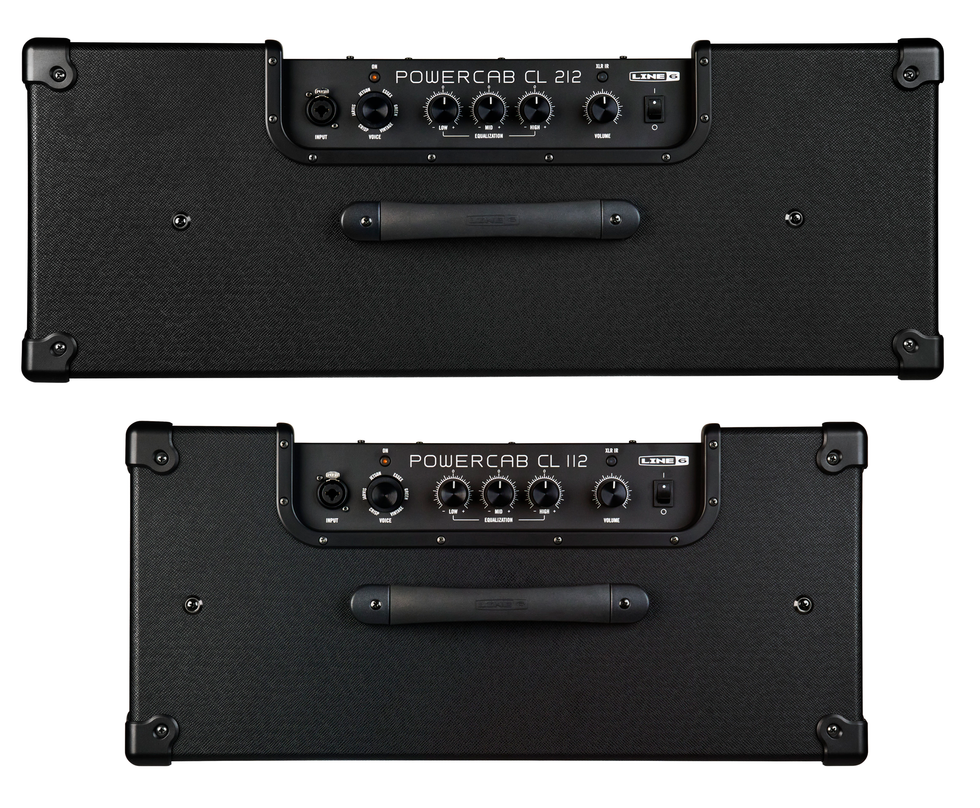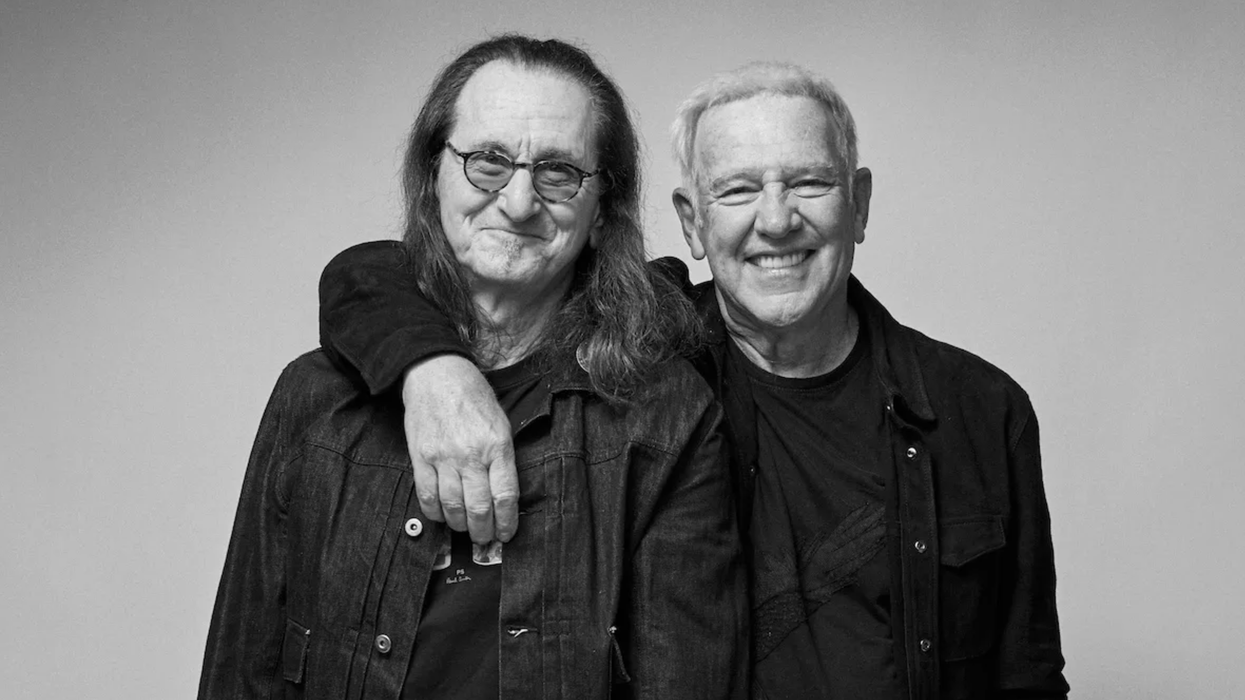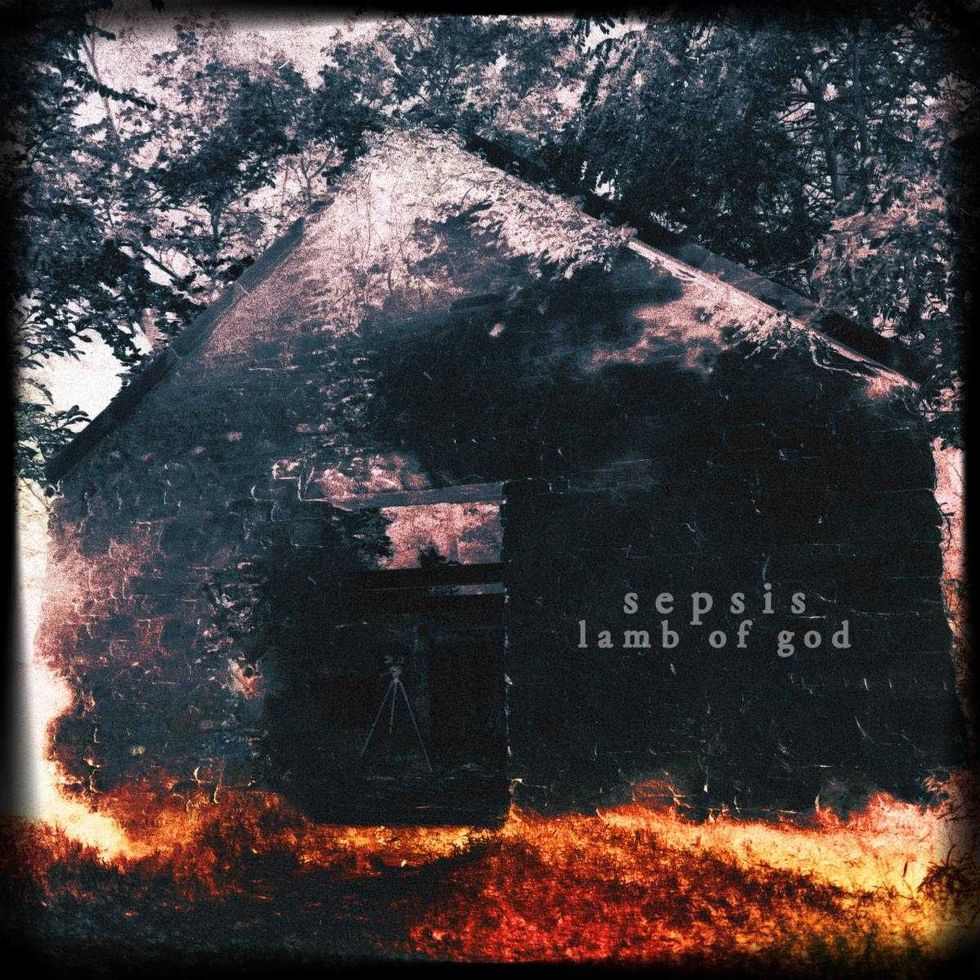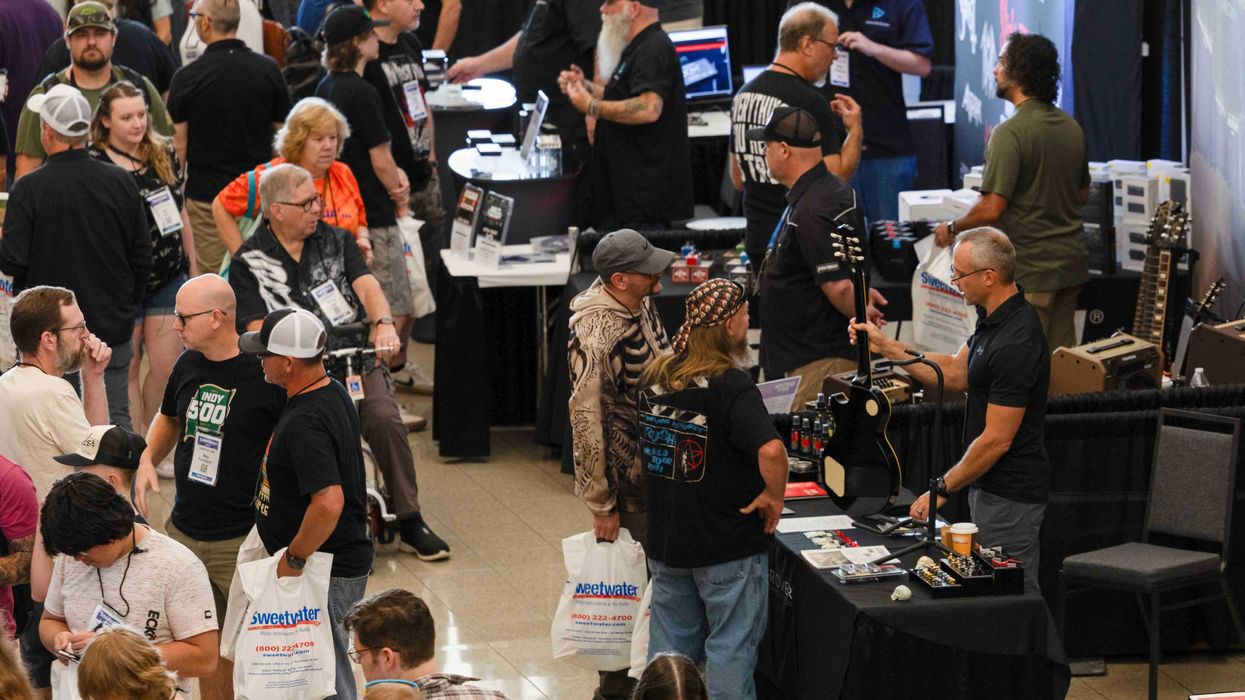Listen to the new track from Joe Satriani, Eric Johnson, and Steve Vai's G3 Reunion Live.
Joe Satriani, Eric Johnson, and Steve Vai returned to the G3 touring concept in 2024 for a sold-out US tour. This was the original G3 lineup that saw the three virtuosos first share a stage back in 1996. Each guitarist plays a full set with their own band and then the three join together for an encore jam.
"G3 Reunion Live" is much more than “just” a live album. It’s a full album-length set from each artist plus a collaborative supergroup LP. The deluxe edition features a different colored vinyl for each artist, a special splatter LP for the encore jam, and a 64-page photo book, divided into artist and jam chapters, with the full program also on 2 CDs. It is also available in a 2CD digipak with a 16-page photo booklet, 4 LP gatefold and digital download.
For more information, please visit satriani.com.
